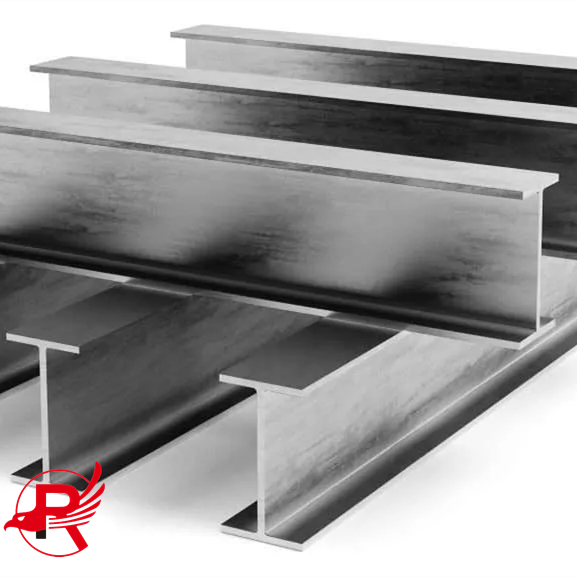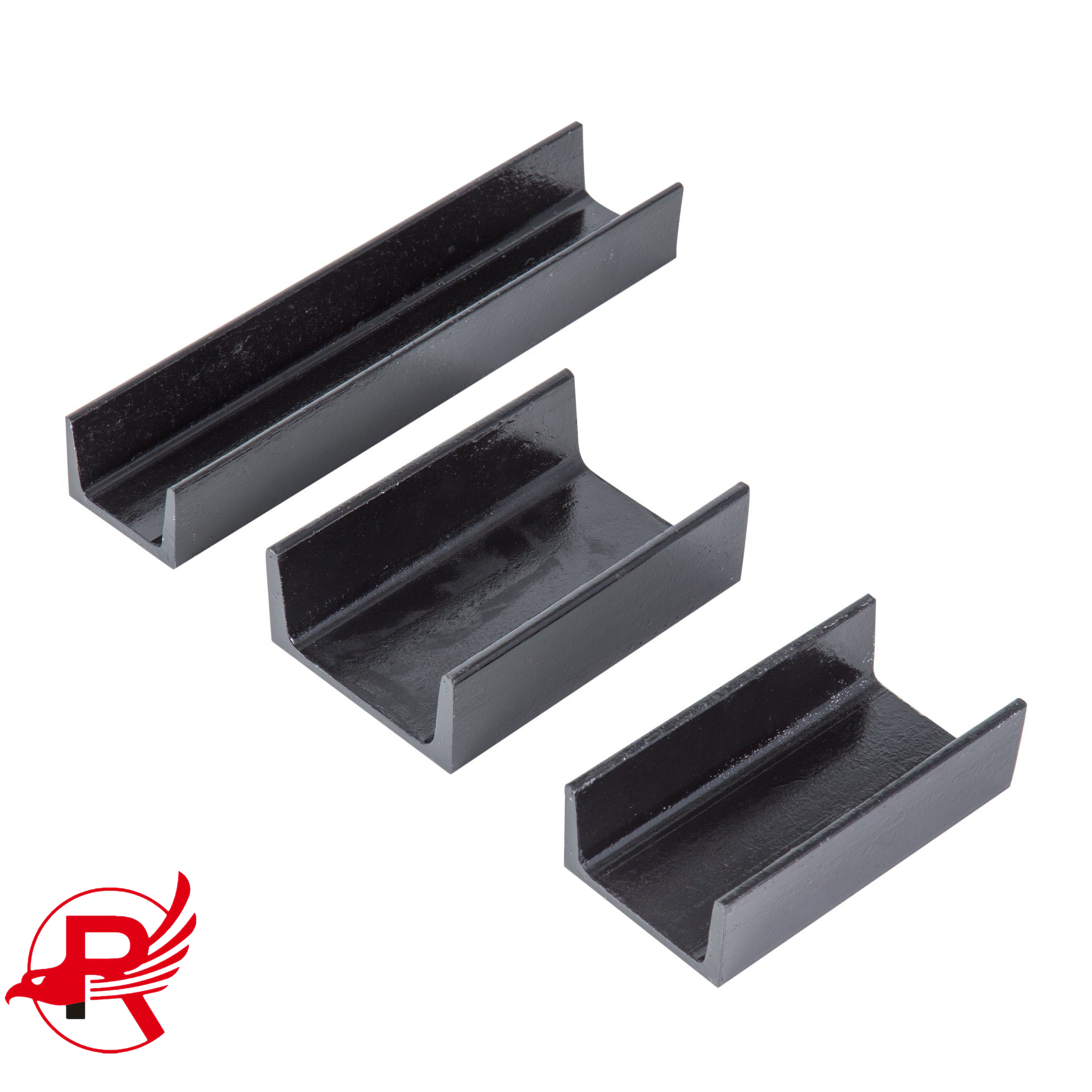Steel profiles are steel machined according to specific sectional shapes and dimensions, which are widely used in construction, engineering and manufacturing. There are many kinds of steel profiles, and each profile has its unique cross-section shape and mechanical properties, which can meet the needs of different projects. The following will introduce the characteristics of several common steel profiles and their application scenarios in detail to help better understand the role of these materials in practical engineering.
Common steel profiles are as follows:
I-steel: The cross-section is I-shaped, widely used in building structures and Bridges, etc., because of its high strength and stability.
Angle steel: The section is L-shaped, often used to support structures, frames and connectors.
Channel steel: the section is U-shaped, suitable for structural beams, supports and frames.
H-beam steel: wider and thicker than I-beam steel, H-shaped cross-section, strong bearing capacity, suitable for large structures and buildings.
Square steel and round steel have square and circular cross sections respectively and are used for various structural and mechanical components

Through reasonable selection and use of different types of steel profiles, the stability, safety and economy of engineering structures can be improved. These steel profiles play a vital role in modern construction and engineering, ensuring the reliability and durability of various structures and facilities.


Application scenario:
Steel profiles are widely used in practical engineering. I-beams and H-beams are widely used in heavy duty structures such as beams, columns, high-rise buildings and Bridges because of their high strength and stability. Angle and channel steel are commonly used to support and join structures, and their flexibility makes them suitable for a variety of engineering needs. Square steel and round steel are mainly used for mechanical parts and structural supports, and their uniform strength and processing characteristics make them widely used in industry. Flat steel, steel pipe, galvanized steel and light profiles each have their own specific application areas to meet different design needs and environmental conditions.
Post time: Sep-11-2024
